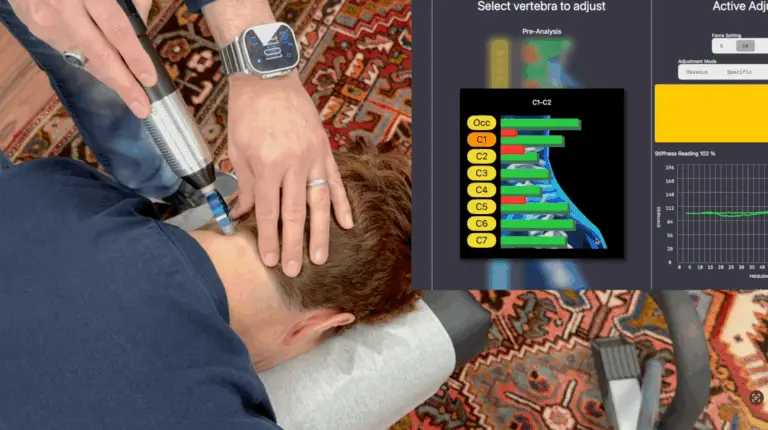There’s a growing trend within the chiropractic world—multidisciplinary practice. Designed to provide patients with more comprehensive care and expand the services offered by your practice, this new business model is being embraced by chiropractors on a large scale.
The popularity of this concept has grown exponentially in recent years for a number of reasons. The benefits are profound for chiropractors and patients alike, making multidisciplinary practices a win-win for everyone involved. In many ways, it is revolutionizing not just the chiropractic world but also the healthcare landscape as a whole.
While there is nothing wrong with a solo chiropractic practice—it is traditionally the most common type of practice—diversifying the services you offer can expand your business, attract more clients, create more healing opportunities, and keep you engaged in your work.
Whether you’re ready to make the switch or this is the first time you’ve heard of this multidisciplinary trend, you’ve come to the right place. Read on to learn more about this exciting new trajectory of the chiropractic industry.
Strength in Numbers
Building a successful chiropractic practice is no easy feat. Competition is high, and fewer chiropractors are realizing their dreams with the traditional practice structure. No longer is a solo practice that is slowly built up through the addition of associates the primary path forward. It simply takes too long and is too contingent on unpredictable variables.
Instead, chiropractors are finding strength in numbers. A practice that is built on a foundation of multiple Doctors of Chiropractic can see more patients, offer more services, and establish itself as a reputable center for healing. The concept of strength in numbers, however, does not stop there.
In addition to the potential of surrounding themselves with other chiropractors, more and more doctors of chiropractic are opting for a multidisciplinary practice that collaborates with experts from other areas of healthcare. This collective approach to medicine gives patients a one-stop-shop avenue to receive the care they need.
Common multidisciplinary practice structures include things like acupuncture, massage, nutrition, physical therapy, and even medical services. This consolidation of healthcare services creates an environment that is stabler for the professionals, convenient for the patients, and cost-effective for everyone.
Multiple Levels of Success
As a doctor of chiropractic, diversifying your practice and your revenue streams can be challenging. It requires learning new skills, investing your resources and time into new things, and taking a significant risk that may or may not pay off. Despite these obstacles, many chiropractors determine the potential reward worth the risk and begin offering services beyond their chiropractic expertise.
Multidisciplinary practices take this same idea of expansion and accomplishes it in a more sustainable way. By combining multiple aspects of wellness and approaches to achieving it, multidisciplinary settings are changing the healthcare system in dramatic ways. Rather than attempting to revolutionize how patients and providers interact from outside, multidisciplinary practices are doing so from within the industry itself.
The result is the reintegration of chiropractic practice into the medical mainstream, incredible collaborative opportunities for medical professionals, and (most importantly) environments in which patients can flourish. Multidisciplinary practices simply make sense on every level, from the improved standard of care to the economics.
How PulStar Facilitates Multidisciplinary Chiropractic Practice
One of the essential elements in any multidisciplinary practice is the presence of technology. With the advancement of innovation within the chiropractic world, technology has reached a point that not only allows multidisciplinary approaches to work, but thrive.
PulStar is a tremendous example of technology that is doing just that. As a comprehensive visualized instrument adjusting suite of products, PulStar has revolutionized what is possible as a doctor of chiropractic, and its uses don’t stop there.
Thanks to features like adjustment through a range of motion and streamlined patient history models, PulStar can be used in an environment that offers more than standard chiropractic adjustments. It is useful for physical therapy, massage therapy, and more. For more information about PulStar and the immense potential of multidisciplinary practice, don’t hesitate to contact us. Our team is composed of experienced industry experts who will gladly answer any question you have, discuss multidisciplinary practice candidly, and otherwise facilitate your success!











